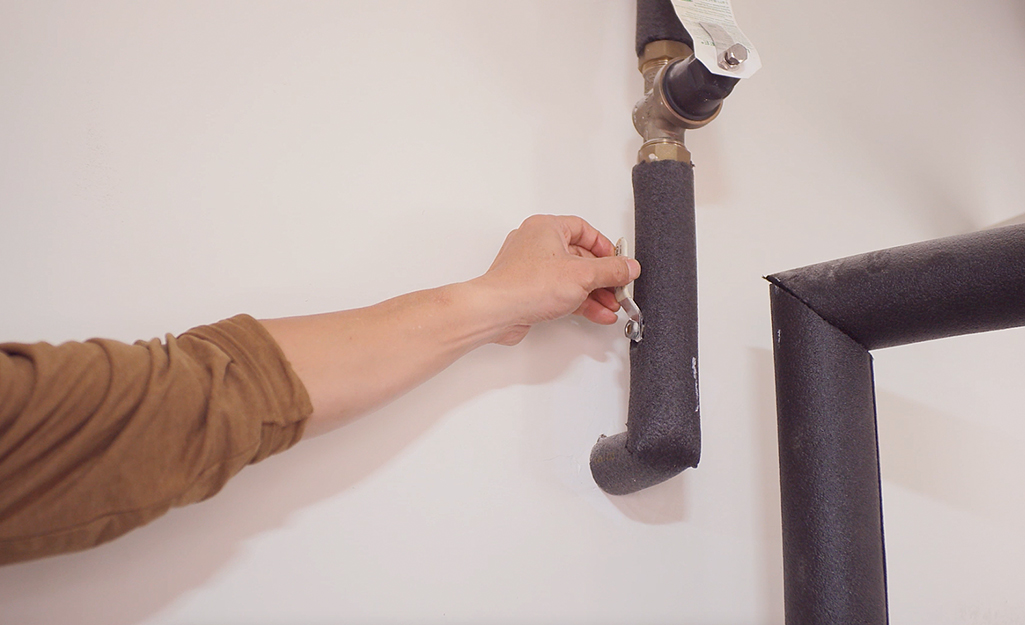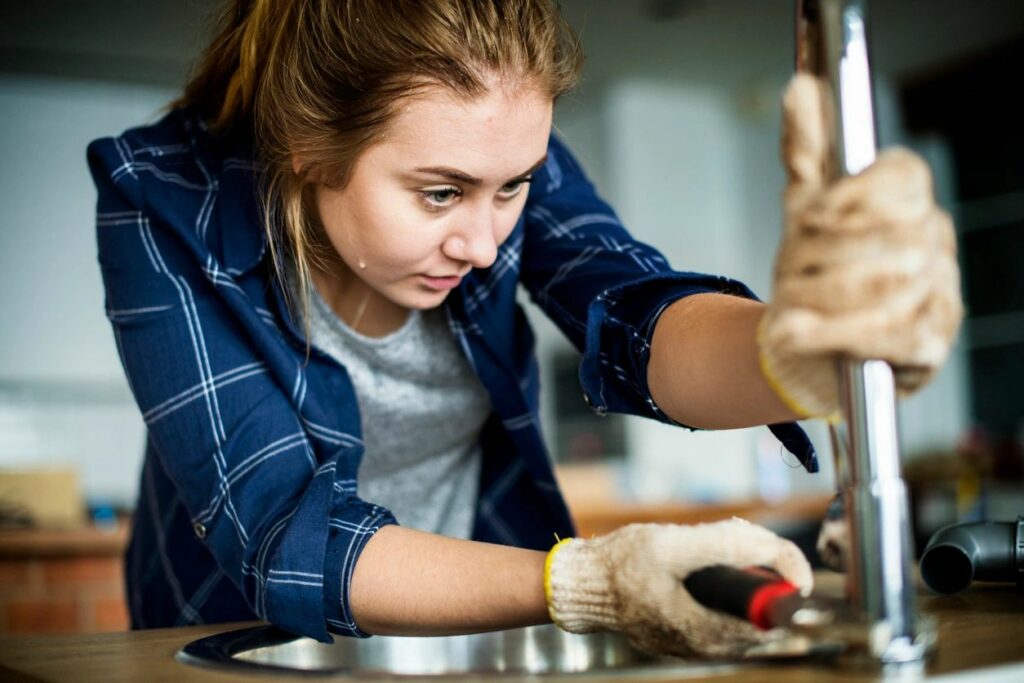This great article further down on the subject of How to Fix a Dripping or Leaky Faucet is indeed interesting. Don't bypass it.

Trickling faucets might seem like a minor aggravation, yet their effect exceeds simply the nuisance of the noise. From wasting water to incurring unneeded economic prices and wellness dangers, disregarding a dripping tap can cause numerous consequences. In this write-up, we'll explore why it's vital to address this usual household concern promptly and properly.
Waste of Water
Environmental Influence
Trickling taps contribute substantially to water wastage. According to the Environmental Protection Agency (EPA), a solitary faucet dripping at one drip per second can waste more than 3,000 gallons of water each year. This not only stress water sources yet also impacts communities and wild animals depending on them.
Financial Costs
Boosted Water Costs
Beyond the environmental effect, trickling taps can blow up water costs substantially. The built up waste gradually converts into greater utility expenditures, which can have been prevented with timely repair services.
Potential Residential Or Commercial Property Damages
Moreover, prolonged dripping can bring about harm to components and surfaces bordering the faucet. Water buildup can trigger discoloration, rust, and even architectural issues if left ignored, resulting in added repair work prices.
Health Problems
Mold And Mildew and Mildew Growth
The consistent presence of wetness from a trickling faucet produces an ideal atmosphere for mold and mildew and mold growth. These fungi not just compromise indoor air top quality but additionally position health and wellness risks, especially for individuals with breathing conditions or allergies.
Waterborne Illness
Stagnant water in leaking faucets can become a breeding ground for bacteria and other pathogens, raising the threat of waterborne conditions. Pollutants such as Legionella microorganisms grow in stationary water, possibly resulting in serious ailments when consumed or inhaled.
Do it yourself vs. Expert Repair
Pros and Cons of Do It Yourself Fixing
While some may try to repair a dripping faucet themselves, do it yourself repair work feature their own collection of challenges. Without appropriate understanding and devices, do it yourself attempts can aggravate the problem or result in insufficient repair services, prolonging the trouble.
Benefits of Working With a Professional Plumber
Working with an expert plumber ensures that the underlying root cause of the trickling faucet is resolved efficiently. Plumbers possess the experience and equipment to detect and fix faucet issues successfully, saving time and reducing the danger of more damages.
Step-by-Step Overview to Fixing a Dripping Faucet
Tools Required
Before attempting to deal with a trickling tap, collect the essential devices, consisting of a flexible wrench, screwdrivers, substitute parts (such as washers or cartridges), and plumber's tape.
Common Faucet Issues and Their Solutions
Identify the sort of tap and the certain concern triggering the drip. Typical problems consist of damaged washers, rusty valve seats, or malfunctioning O-rings. Refer to producer instructions or on the internet tutorials for step-by-step advice on repair services.
Preventive Measures
Normal Maintenance Tips
To stop dripping taps, carry out regular maintenance such as cleansing aerators, examining for leakages, and replacing damaged parts immediately. In addition, think about mounting water-saving gadgets or updating to much more effective components.
Importance of Prompt Fixes
Resolving dripping faucets as soon as they're observed protects against further water wastage and prospective damages, inevitably conserving both water and cash in the long run.
Impact on Residential Property Worth
Assumption of Well-Maintained Building
Keeping a property in good condition, including resolving upkeep problems like dripping faucets, enhances its regarded worth and value among prospective buyers or tenants.
Impact on Resale Value
Characteristics with properly maintained plumbing components, including taps, command greater resale values in the property market. Dealing with trickling faucets can add to a positive impact during residential property evaluations and arrangements.
Environmental Obligation
Individual Payment to Preservation
Taking responsibility for taking care of trickling taps aligns with wider initiatives towards water preservation and environmental sustainability. Every individual's actions collectively make a substantial impact on preserving valuable resources.
Sustainable Living Practices
By prioritizing timely repair services and embracing water-saving routines, people contribute to sustainable living practices that benefit both present and future generations.
Conclusion
Addressing a dripping tap surpasses plain ease; it's a vital step toward saving water, decreasing economic costs, and securing wellness and building. Whether through DIY repair work or specialist help, doing something about it to fix dripping faucets is a small yet impactful way to advertise responsible stewardship of resources and contribute to a healthier, more sustainable future.
Most Common Reasons for a Leaky Faucet and How to Stop the Drip
Whether it’s your kitchen faucet leaking or a bathroom faucet leaking, one leaky faucet can waste anywhere from three to 30 gallons of water every single day. If the constant drip-drip-drip doesn’t get your attention, your water bill will. The good news is that, by following a few simple steps, chances are pretty good you can fix the problem yourself.
Why is it dripping?
Before you start taking things apart, let’s break down some of the most common causes of a leaky faucet.
Bad O-ring.
A cartridge is a valve that controls the flow of water into the faucet spout. On cartridge faucets there’s an O-ring—the little disc attached to the stem screw that holds the faucet handle in place. If it’s loose or worn-out, it can cause your sink handle to leak. Of course, the cartridge itself could be worn out. If that’s the case, make sure you replace it with the exact same kind.
Corroded valve seat.
The valve seat connects the faucet and the spout. If the leak seems to be coming from the spout, it might be because a buildup of water sediment has corroded the valve seat.
Worn-out washers or seals.
A leaky spout could be caused by a bad washer that rests against the valve seat. It’s just a matter of time before friction takes its toll. It could also be the wrong size washer or one that’s been installed incorrectly. Water sediments can also corrode inlet and outlet seals.
Water pressure.
If the faucet only drips now and then, or when you turn the handles a certain way, you should probably check your home’s water pressure.
Loose or broken parts.
The adjusting ring and packing nuts in the stream screw can become loose over time, causing your sink handle to leak. Try tightening or replacing the packing nut. If the leak is coming from the pipes underneath the sink, you probably have a broken pipe or fitting. If that’s the case, you should definitely call a plumber.
Know your faucet.
Faucets come in a variety of types. Each one has its own assembly—and its own possible causes of leaks. Learning about the four most common kinds of faucets will help you know how to take them apart and make any repairs.
How to stop a leaky faucet
Fixing that leaky faucet doesn’t have to take a lot of time, money, or expertise. It’s usually a simple matter of replacing a worn-out washer or gasket, a loose O ring, or another part. Chances are really good you can do this yourself if you follow these simple steps.
Shut off the water.
Before you tackle the faucet, cut off the water supply to the sink. There should be one valve for hot and one for cold. Hand-turn them clockwise with your hands till they close. If there are no valves under the sink, head to the basement and shut off the main water supply to the house. Then turn on the faucet until it empties out the water that’s still in the line and you’re ready to start. It’s a good idea to cover the sink drain with a plug or a rag so you don’t lose any small pieces and parts while you’re working.

We hope you liked our excerpt about Why It's Important to Fix Leaky Faucets. Thanks so much for finding the time to read our posting. Liked our posting? Please quickly share it. Let someone else discover it. Thanks so much for your time invested reading it.